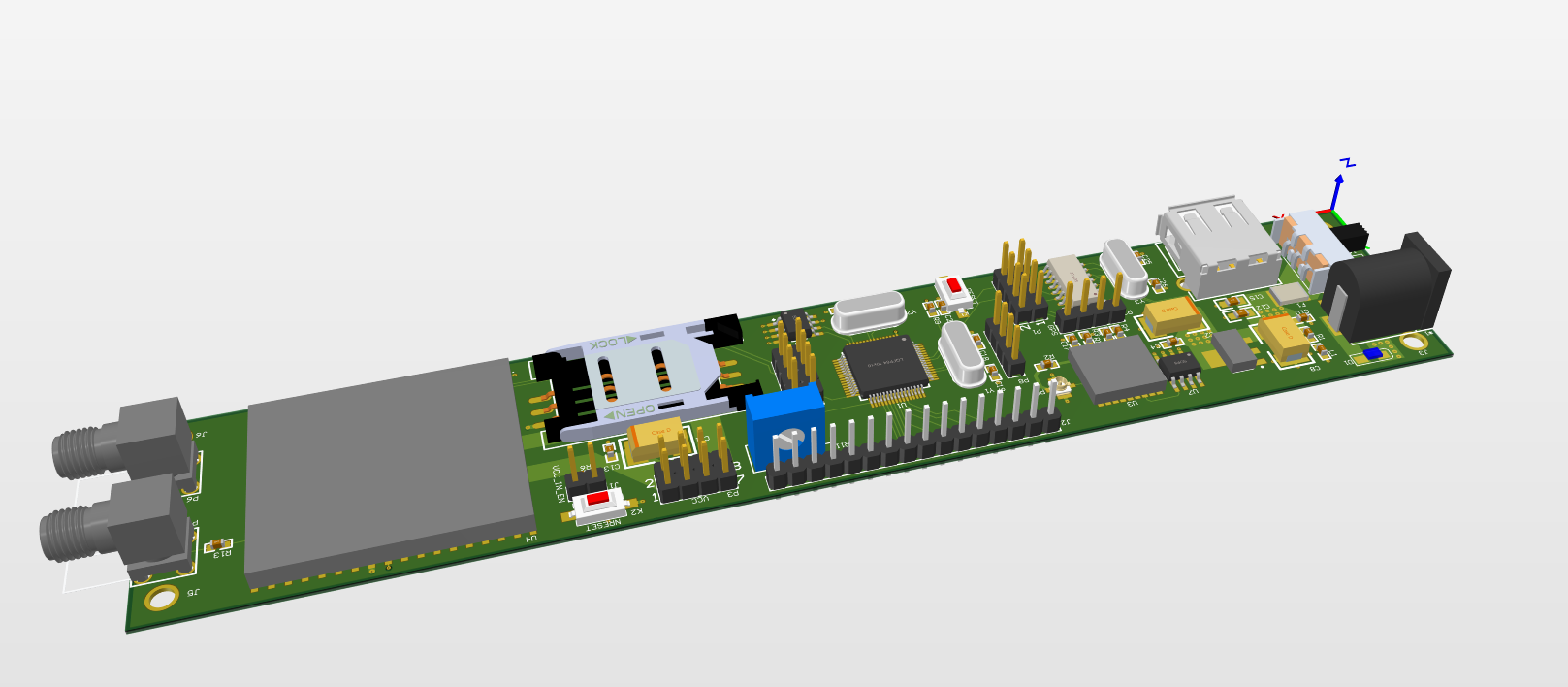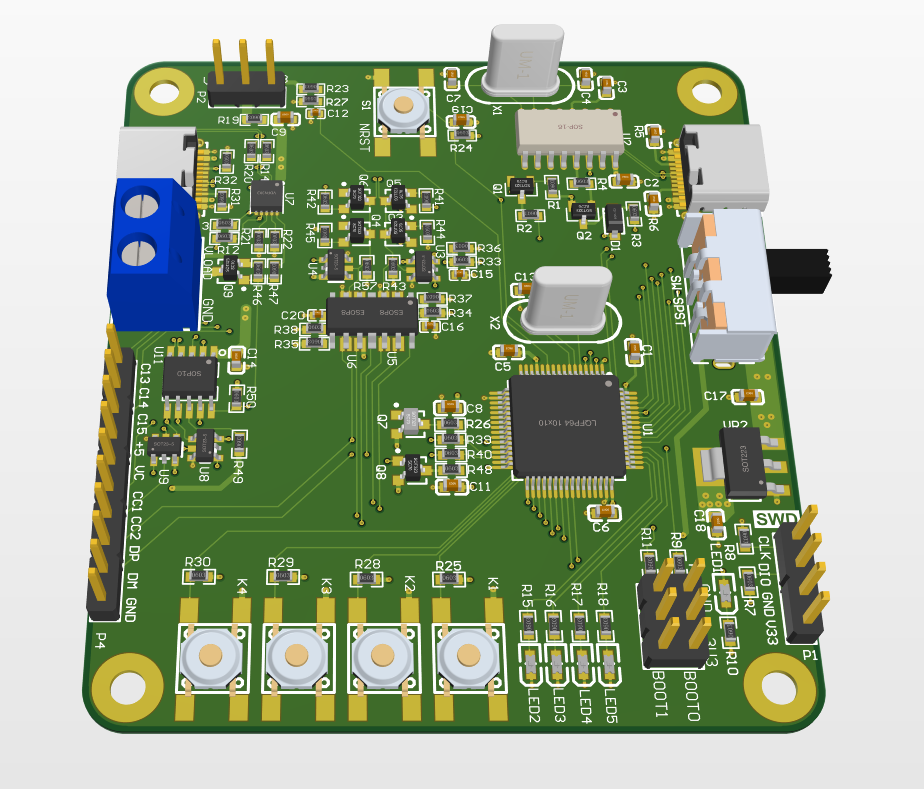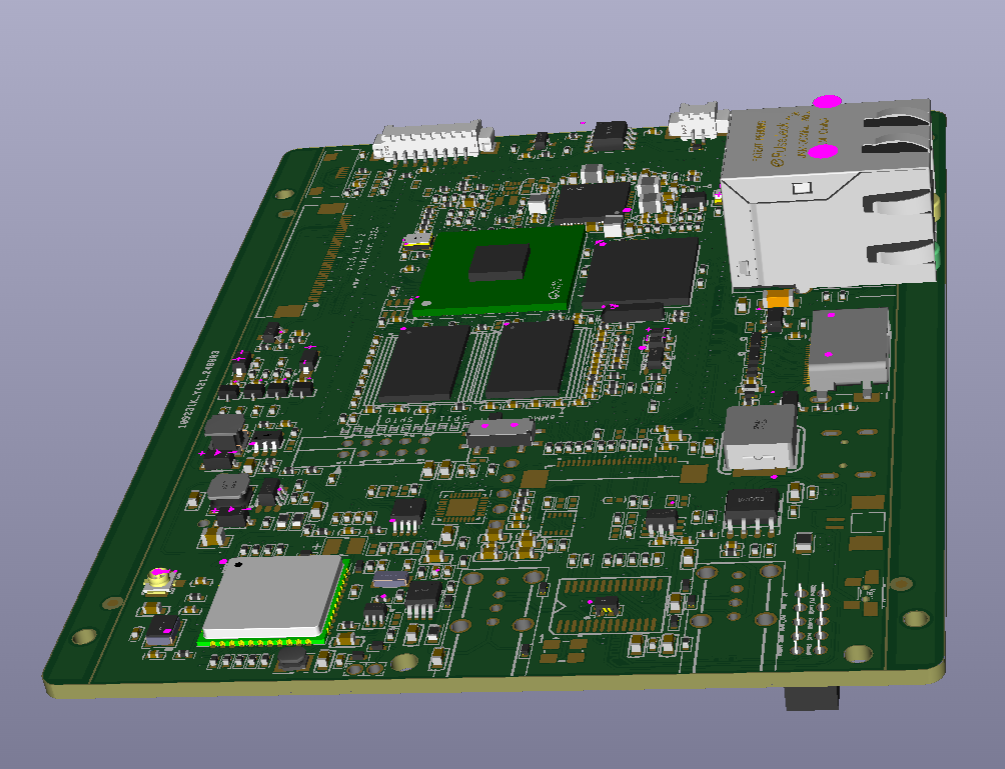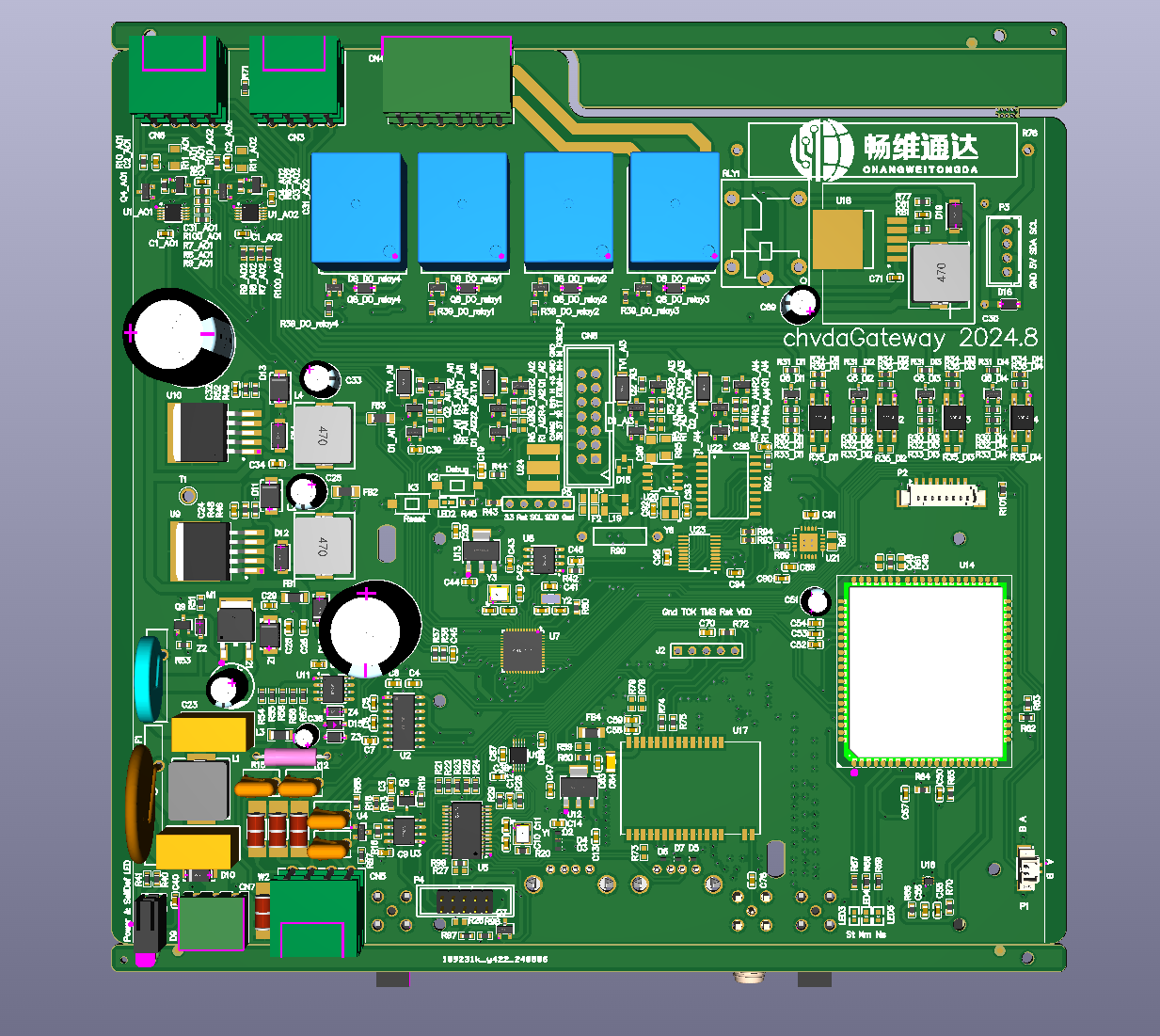High-Speed Signal Processing System Based on FPGA designed by Rockbrain® Corporation
This system is a high-performance, high-speed data processing platform developed based on the Xilinx V7 series FPGA, designed for handling multiple high-speed signals and applicable in various complex signal processing scenarios. The design and functional characteristics are as follows:
1. Based on Xilinx V7 Series FPGA
The core of this system employs the Xilinx V7 series FPGA, a highly flexible and powerful Field-Programmable Gate Array (FPGA). The Xilinx V7 series FPGA offers extremely high logic density and processing capabilities, enabling the implementation of complex signal processing algorithms and real-time data processing requirements. By utilizing this FPGA, the system can achieve parallel processing and low-latency response, making it ideal for applications that demand high throughput and precision.
2. Multiple High-Speed Signal Input and Acquisition Channels
The system is equipped with multiple high-speed signal input channels, each capable of high-speed data acquisition. These channels can simultaneously receive data from multiple signal sources and perform real-time acquisition and processing. The high-bandwidth design of the input channels ensures data integrity and accuracy during high-speed data transmission. This feature allows the system to handle various tasks, including analog signal digitization and complex signal analysis.
3. Multiple High-Speed Signal Output Channels
In addition to high-speed signal input capabilities, the system also features multiple high-speed signal output channels. These channels can output processed data or signals at high speeds to external devices, meeting the demands for high-speed signal transmission. The output channels are designed with a focus on transmission stability and accuracy, ensuring that the processed signals can be transmitted to target devices without degradation.
4. Gigabit Ethernet Interface
To meet the demands of large data transmission, the system integrates a Gigabit Ethernet interface. Through this interface, the system can achieve high-speed data interaction with other network devices, supporting remote data transmission and real-time network communication. This functionality enables the system to seamlessly integrate with distributed computing environments or networked control systems, greatly enhancing its application flexibility.
5. Dual RS232 Interfaces
The system also provides dual RS232 interfaces, supporting traditional serial communication methods. These interfaces can connect with various industrial equipment, sensors, or other communication modules, enabling stable data exchange. The compatibility and reliability of the RS232 interfaces allow the system to easily integrate with existing industrial control systems, expanding its range of applications.
The FPGA system’s robust capabilities in high-speed signal processing make it a versatile tool in addressing a wide range of complex scenarios. Its high processing power, coupled with the ability to perform parallel processing, allows it to handle multiple signal streams simultaneously with low latency. This makes it particularly effective in applications such as real-time data acquisition, telecommunications, radar systems, and medical imaging, where rapid and accurate signal processing is critical.
Moreover, the FPGA’s reconfigurability adds a layer of adaptability, enabling it to be customized for specific signal processing tasks without the need for hardware changes. This flexibility, combined with the FPGA’s capacity to integrate with various interfaces and communication protocols, enhances its applicability across diverse fields, offering tailored solutions for complex signal processing needs. This adaptability ensures that the FPGA system can be effectively utilized in both current and future signal processing applications, making it a valuable asset in any advanced technological infrastructure.





